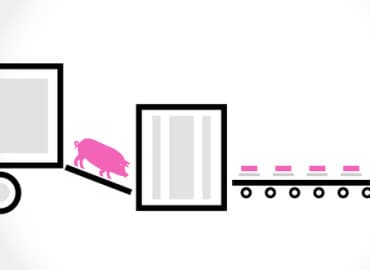
Because of the more open and dynamic nature of universities and colleges, the need for CI is even greater than that of some businesses.
Most talk about continuous intelligence typically focuses on the benefits it can deliver to businesses to improve operations, quickly resolve IT problems, address application performance issues, enhance the user experience, and strengthen traditional cyber security defenses.
Interestingly, institutes of higher education have exactly the same needs. And in some cases, because of the more open and dynamic nature of universities and colleges, the need for CI is even greater than that in some businesses.
Download Infographic Now: The 5 intelligence gaps curbing your climb to digital successWhy? Institutes of higher education must deal with all the performance and security issues as major corporates, plus more that are unique to their environment.
There is great siloing. Like most businesses, a university might offer centralized IT services, but many departments go their own way buying, installing, and running systems and applications of their own. As a result, there often are many systems, each with its own management system. And the disparate systems all generate their own telemetrics, logs, and other data needed to fix problems and spot problems in the making product.
Universities are typically more open than businesses. There is less centralized control over what IT equipment, applications, and services can be used. And there is extensive collaboration with outsiders in most research environments. While a business might limit access to a system, application, service, or dataset, it is quite common for much more shared access to these things in an academic setting.
All of these factors make it much harder to manage systems, resolve problems, and reduce problems.
Watch Video Now: Digital Complexity and How to Address ItBroader compliance mandates than many businesses
Making matters even more challenging is that universities must abide by a more expansive set of regulatory mandates than many businesses.
Certainly, the same general data privacy rules businesses follow apply in academic settings. But in addition, universities usually run stores, sell services, and provide healthcare. As such, they must meet, enforce, and demonstrate HIPAA and PCI DSS compliance.
In addition, any university that received Federal funding from the U.S. Department of Education (and most do) must meet the requirements of the Family Educational Rights and Privacy Act (FERPA), a Federal law that protects the privacy of student education records.
See Also: Continuous Intelligence Insights
How continuous intelligence fits in
A suitably selected continuous intelligence solution can help address the needs of higher education. A solution should include CI and monitoring capabilities to provide observability and in-depth insights across the institute. It must capture all the machine data from the various systems and devices deployed throughout the school. And then, it must be able to make sense of that data in real-time using predictive and prescriptive analytics, artificial intelligence, and machine learning.
A properly chosen CI solution should provide observability and security all in one place. Specifically, a solution should help break down campus siloes, reduce downtime, enhance visibility, mitigate risks, and help IT understand the impact and context of any cyber-attacks across on-premises, hybrid, and multi-cloud infrastructures.
Download eBook Now:
Continuous Intelligence and the Era of Real-Time, Data-Driven Business






